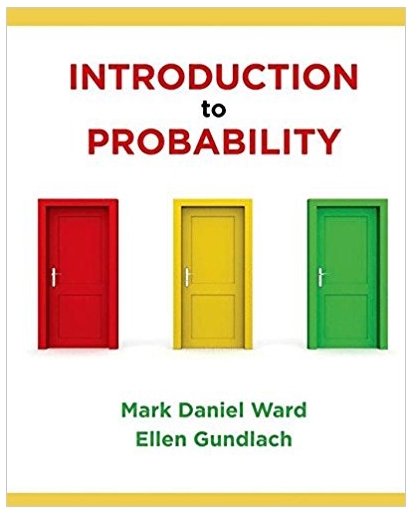Question
Use this information to answer Questions 1 - 5 below.The population of North Dakota was 642.2 thousand on July 1, 2000 and 636.7 thousand on
Use this information to answer Questions 1 - 5 below.The population of North Dakota was 642.2 thousand on July 1, 2000 and 636.7 thousand on July 1, 2003. Find an exponential model P=P(t) for the population of North Dakota, in thousands, as a function of the number of years after July 1, 2000.
Question 1 options: Find the annual rate of growth for North Dakota's population (as a percent, rounded to three decimal places). %
Question 2 options: Find the 5 year growth rate for North Dakota's population (as a percent, rounded to three decimal places). %
| View hint for Question 2 |
The model predicts that North Dakota's population will:
Question 3 options:
| ||
| ||
| ||
| ||
| ||
|
Question 4 options: Find the average rate of change on the following intervals, rounding each answer to three decimal places: P/t on [0, 2] = thousand/year, P/t on [2, 4] = thousand/year, P/t on [4, 6] = thousand/year, P/t on [6, 8] = thousand/year, and P/t on [8, 10] = thousand/year.
On the model's domain, the average rate of changeP/t is:
Question 5 options:
| ||
| ||
|
Question 6 options: Predict North Dakota's population on July 1, 2005. thousand
Information
Use this information to answer Questions 7 - 8 below. Radon-222 has a half-life of 3.8235 days.
Question 7 options: If a sample of radon-222 weighs 100 grams, how much remains after 48 hours? grams
Question 8 options: Find the daily growth rate for radon-222 (as a percent, rounded to two decimal places). %
Step by Step Solution
There are 3 Steps involved in it
Step: 1

Get Instant Access to Expert-Tailored Solutions
See step-by-step solutions with expert insights and AI powered tools for academic success
Step: 2

Step: 3

Ace Your Homework with AI
Get the answers you need in no time with our AI-driven, step-by-step assistance
Get Started


